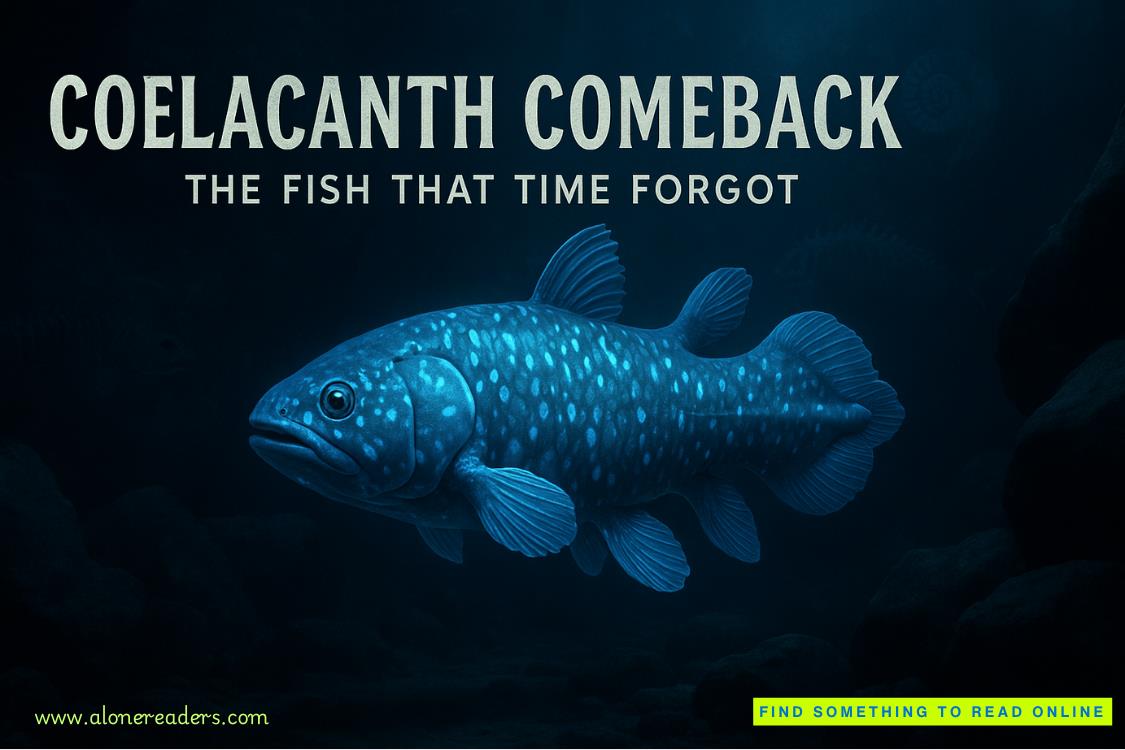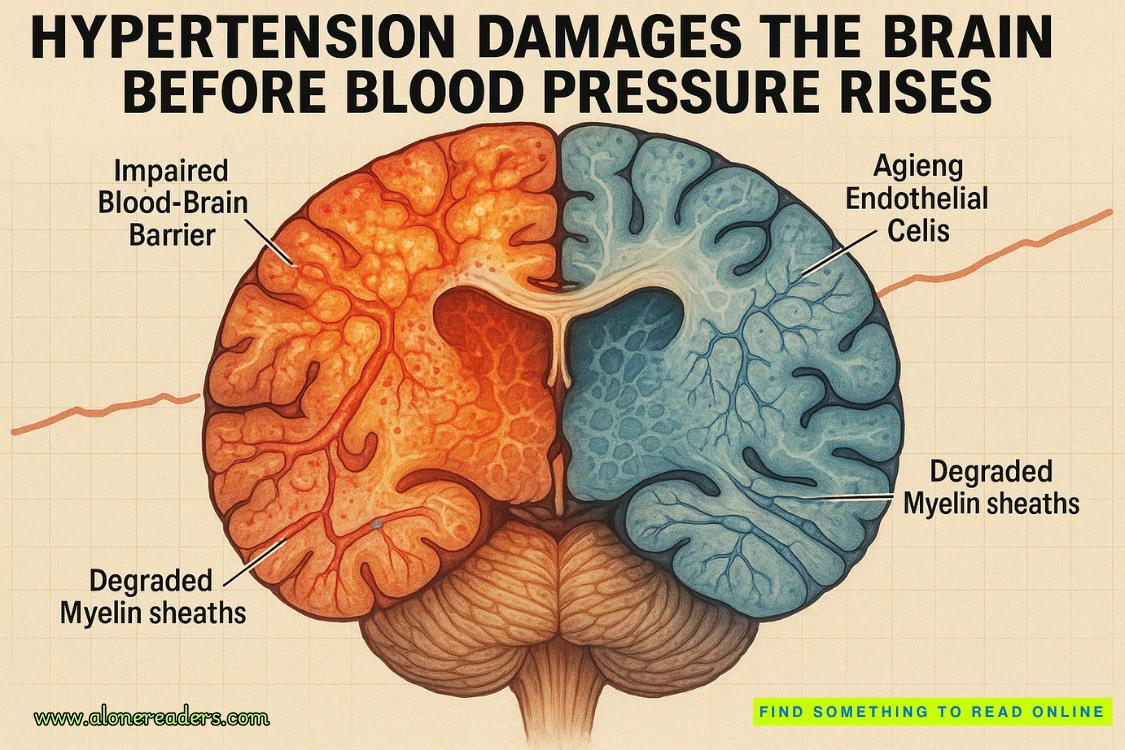Page 7 of Coram House
A flash of movement at an upper window makes me step back. I teeter on the curb as dark shadows swoop and dance. A throaty burble rings out, and I realize what I’m looking at. Ravens circle the parking lot, their dark shapes reflected in the windows. I take out my phone and snap a picture.
Then I get back in my car. The last thing I need is to be caught trespassing. Plus, my stomach is growling. I’ll retrace my route back to that bakery, see what smelled so good. Then I’ll unload these boxes. When I look in the rearview mirror, the ravens are gone.
It’s afternoon by the time I stack the last box in the living room. Now the apartment smells of mildew and damp cardboard. I need to buy groceries, shampoo—all the settling-in errands that will be easier while the unfamiliar streets are still light. Instead, I sit cross-legged on the floor and cut the tape off the first box.
Stedsan was right. It’s a mess. The contents look like someone’s recycling bin. I pull out a sheaf of brittle receipts. They’re faded, someso old they’re handwritten. A hundred cans of beans delivered in 1964. Received by S. Marguerite. A receipt for the cleaning of fifteen marble statues from 1962. And on and on, back to the late 1950s.
Next comes a stack of VHS tapes, each in a cardboard sheath, bearing a handwritten name and date. Sarah Dale. Violet Harrison. Karen Lafayette. Sister Cecile. Eighteen tapes total. The dates are all from 1988 or 1989. A DVD player blinks at me from the shelf below the television. Do stores even sell VHS players anymore? I make a note to check and put the tapes aside.
The next box contains nothing but paperwork relating to the case. Motions filed back and forth. Requests for information. I label this box and set it aside, knowing that the contents won’t mean anything until I have a better grasp of the case.
Suddenly, the room is bathed in an orange glow. The streetlights coming on. I should really get up and find something for dinner. It’s going to take days to log everything and create some kind of order from this chaos. But I can’t shake the feeling that I’m looking for something.One more box.
The next box is heavy. I’d had to wrestle it up to the apartment one step at a time. But now it slides easily across the carpet to my desk. I open the lid and the air fills with the scent of decay. Right on top is a mold-speckled shoebox. Beneath, thick reams of yellowed paper. I lift the shoebox into my lap and pry off the top.
Inside, the box is bursting with black-and-white photographs of various sizes. My heart accelerates like I’ve found a box of treasure. I hold the photos carefully, at the edges, and lift them out one by one. The first shows a group of unsmiling children in hats and snowsuits arranged in front of tall wooden doors that I recognize. I turn the photo over. It’s labeledCoram House, 1964in neat cursive.
The next photo is larger with scalloped edges. Four nuns and a priest, all wearing long dark robes, arranged in front of a brick fireplace. The ink on the back is smudged but I can make out two names.Father Foster. S. Marguerite. No date.
Most of the photos are like this—portraits of various groups of children and their minders, arranged into stiff, formal poses. But halfwaythrough the box, I come across a photo that feels different. Carefully, I flatten the curled edges.
First, there’s the setting: a rocky beach, the bright summer sunlight. Four people stand around a rowboat that’s been pulled up on shore, the oars resting haphazardly in the foreground. On one side of the boat, two small children—a boy and a girl—wear old-fashioned bathing suits that sag around their pale, skinny legs. They look wet and cold, hair slicked back, arms wrapped around themselves. Neither looks at the camera.
On the other side of the boat stands a nun wearing a long dark habit. It’s so incongruous in the setting, it feels like she’s been pasted from some other photo. Her face is a ghostly blur. She must have turned her head just as the photo was taken, which lends the scene an eerie feel. The nun is short, much smaller than the teenage boy standing beside her. He looks about fifteen or sixteen, tall and pale with gangly arms held stiff by his sides. Of the four, he’s the only one looking at the camera. Not just looking, he’s staring intently, a curl to his lip, as if there was something rancid in the air.
I stare at the photo for a long time, wondering if this is what I’ve been looking for—something with a sense of life. Not a tableau, but a moment captured. The back has only two names scrawled in faded ink.Swim lessons. S. Cecile. Fred.The second name is in a darker ink, as if it was labeled later.
As I finish going through the shoebox, I find a few other photos that contain the same sense of life. A young woman caught in the middle of a laugh, hand half covering her mouth.Sarah D. 1970.Children arranged in a neat row with a boy reaching up to pull a girl’s braid, ruining the formal scene. The back is blank. Many photos are labeled, but so many names and dates are missing. The children unknown.
Once I’m done, I nestle each photo back in the shoebox. The main box is filled with stacks of paper held together by rusty binder clips except for a single loose sheet on top, ochre with age. A typewritten list of names, some of which I recognize from the labels on the tapes. Sarah Dale. Violet Harrison. Anthony Fiero. A list of the deposition transcripts, I realize.
My knees pop in protest when I stand and stretch. Tomorrow, I’ll cross-check the list with the stack of tapes I found in the first box. Then I’ll catalogue each of the photos, the receipts, everything I’ve found so far. But today, it’s enough. I need hot food and a glass of wine. Even though it’s barely seven, I’m exhausted. I put everything back in the box except for one transcript, chosen at random.Sarah Dale—May 3, 1989.I place it on top of my closed laptop. Tomorrow, I’ll get started.
3
My arms andback ache from hauling boxes yesterday. I wash down a couple ibuprofen with coffee and then eat a bowl of cereal standing over the sink. I have one week before my meeting with Father Aubry. It’s not enough time to familiarize myself with the case in the way I’d like. But a week’s what Stedsan gave me.
Given that, I decide to start with the transcripts. I’m hoping they’ll give me the best feel for daily life at Coram House—the mundane and the awful. Then I’ll sift through the court documents about the negotiations around the settlement. I don’t expect to be an expert in a week, but I need to know where to tread lightly and where to probe.
Pushing aside my laptop, I free the pages of Sarah Dale’s deposition from the binder clip. My first thought is that whoever did the transcription did a good job. They capture every utterance and silence, so I can feel the rhythm of the conversation. For a while, Sarah talks about daily life—chores and meals. Routine cruelties like being slapped or locked in the attic as punishment. Her recall is impressive. The way she describes the frigid air of the attic, the heat of a summer day, her dress soaked with sweat—it makes me feel like I’m right there with her.
In my experience, it’s rare to find someone who remembers things with all five senses. Sarah Dale either has a remarkable memory or a very active imagination. I don’t think she’s lying. But if you tell a story enough times, it can start to feel true. Then again, she did live at Coram House for twenty years. A lifetime.
Toward the end of one day’s testimony, her tone changes. Eventhrough a transcript, I can sense her distress. Her answers break like Stedsan is pulling the words from her. There are long silences, as if she’s dredging up these memories from somewhere deeper than the others. She watched a boy drown while others stood by and did nothing. My throat clenches when I imagine her on the hill watching the events play out far below. I’d braced myself for horrors, for abuse, but this is cold-blooded enough to knock me breathless.
I think of that little boy in the water, gasping for air, reaching for a hand to pull him out and finding no help at all. I sift through the mildewed shoebox until I find the photo of the nun and children by the rowboat.Swim lessons. S. Cecile.I stare at the nun’s ghostly blur of a face and the small pinched faces of the children. They look cold and scared. The nuns said he ran away. Cold seeps down the back of my neck. Wrongness has a temperature.
Once, while I was working onThe Isle, I’d tried to describe the feeling to Adam—that moment when people who had only existed on paper suddenly become real.It’s a rush, I’d said,almost like they’re sitting next to you, just out of sight, but you can hear them breathing. They’re there.
He’d asked me if I was high.
I’d laughed, but it was a little like that.
Tommy, what happened to you?I place the photo back in the box. Then I stack the pages of Sarah Dale’s deposition and put them gently aside. My hand closes on the next stack—maybe there will be more answers here. Okay, Michael Leblanc. I read on.
The next few days are a blur. I barely leave my desk except to go across the street for coffee and cellophane-wrapped turkey sandwiches. The apartment is covered in stacks of papers—depositions, legal pads, photos. I spend hours drawing a map of Coram House and the surrounding area on a sheet of butcher’s paper. I’d done the same when I was writingThe Isle. It had helped me understand the space and see people moving through it. Now I label every place mentioned in a deposition. The dormitories. The kitchen door. The sections of Rock Point where the children went to play. The dump. The trails that crisscrossedthe graveyard and woods. The deepwater cove where Sarah Dale saw Tommy drown.
Lola calls at one point and leaves a message asking what I’m up to tonight. I’m not surprised. In college, she was always the one to pull me out of the library—to a play, to a late dinner, to a movie. And in the last couple years, she’s started calling even when she’s busy just to make sure I’m not sitting home alone in my sweatpants, which is usually exactly what I’m doing.















